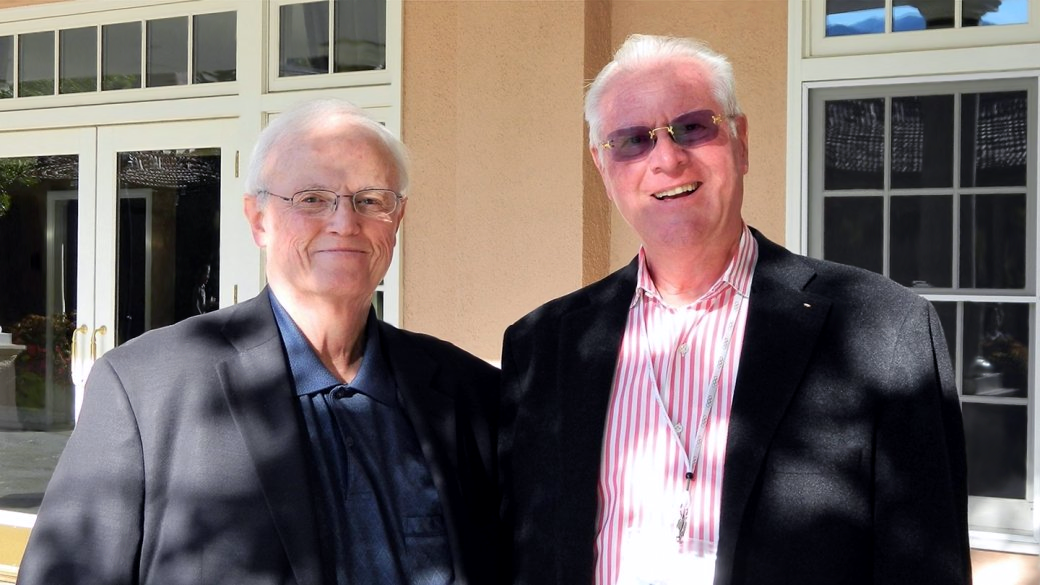In Memoriam: Translation and Interpretation Pioneer Bill Wood
| by Jason Warburg

Faculty members in the Middlebury Institute’s Translation and Interpretation program are mourning the recent passing of Bill Wood, described by Professor Barry Slaughter Olsen MACI ’99 as “one of the pioneers responsible for putting modern-day simultaneous interpreting on the map.”
“For decades, our simultaneous interpretation program could not have functioned without Bill’s expertise,” said Olsen. Laura Burian MATI ’95, dean of the Graduate School of Translation, Interpretation, and Language Education, added that Wood was “a great friend of the Institute, helping us with the design and installation of pedagogically sound, top-notch equipment.”
Wood spent more than 40 years in the conference interpreting industry after developing and patenting a wireless receiver in the 1960s that was “used for language training labs in high schools and universities throughout the U.S.,” according to Olsen. He became interested in the field by accident when one of his clients—the State of California—asked for help figuring out a way to provide simultaneous interpretation for a joint presentation to be given by then-Governor Ronald Reagan and the President of France.
“He was so intrigued by the process,” said Olsen, “that he never looked back and devoted his life’s work to developing technology for interpreting. He founded his company, Design Specialists (today DS-Interpretation), in 1972. During his career, he patented key switching technology for remote simultaneous interpretation and designed several generations of sound isolation booths and dedicated simultaneous interpreting equipment with patented features.”
Added Burian, “His company also has been working with many of our faculty and alumni as interpreters for countless interpretation assignments – indeed, Bill promoted the profession through insisting upon and creating the best working conditions so the interpreters could provide the best interpretation. He was a Renaissance man with a kind heart, and will be sorely missed.”
Adjunct Professor and former Translation and Interpretation Dean Wilhelm (Bill) Weber lauded Wood as “an accomplished electro-technician, inventor, and businessman” and called him “the first and only conference technician who sought the interpreters’ input when designing his own mobile booths and equipment, making sure that they met our requirements.” On a personal level, Weber described Wood’s myriad interests and called him “a master in bringing the humanities and science together with wit, humor and skill. We feel as if we had lost one of our own and wish to express our heartfelt condolences to Bill’s family, and especially his daughter Naomi, who is now carrying the torch of the family business with her father’s skill and savvy.”
Wood’s legacy in the translation and interpretation field will be a lasting one, according to Olsen: “His designs and patents are key building blocks to structures we [interpreters] use every day, even if we don’t realize it.”
